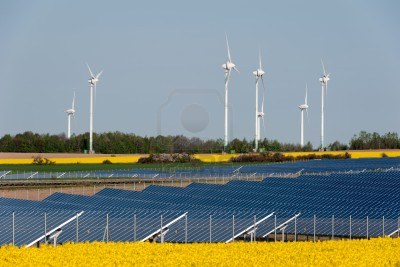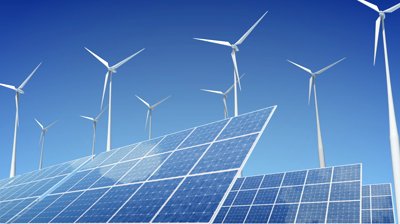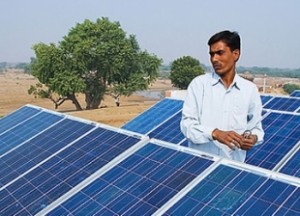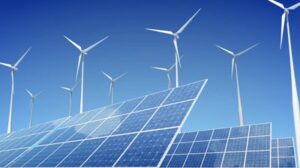Solar Power Plant on Ukraine’s Wasteland
The Chernobyl nuclear disaster had laid waste to a large swathe of land in Ukraine which has been lying unused since that time almost 30 years ago. Nuclear energy as we have written is a very useful source of energy but has tail risks which just have too great an impact. It was proved during the Chernobyl incident as well as Fukushima. Nuclear energy like coal energy is also going the way of dinosaurs in my view. The costs of building a new nuclear plant is just too high these days, given the safety concerns in comparison to solar and wind plants which are competing with coal power these days. A recent study has shown that while nuclear power costs have increase since the 1950s, solar power costs have come down by a factor of more than 20,000. This trend is expected to continue in the future as well.
The Ukrainian government is looking to convert this vast wasteland of 30 square kilometers into a solar park. This land is ideal for solar power generation as it gets high solar insolation and the land value is zero if not negative. No being can live in this radioactive zone. This area is also favorable as it already has electricity transmission lines, which were developed for evacuating power from the 4 GW nuclear power plant.
Read more about Solar Parks in India.
While the European development bank had concerns over developing this area and seemed reluctant to give loans, a Chinese company has come forward to bankroll this project. Unlike the Europeans, the Chinese do not have extensive environmental and social checklists. The China National Complete Engineering Corporation (CCEC) plans to finance and develop the project along with solar giant GCL group. The GCL group will provide solar panels as well as the EPC services. They initially plan to build a 1 GW solar park which could easily be extended in the future.








